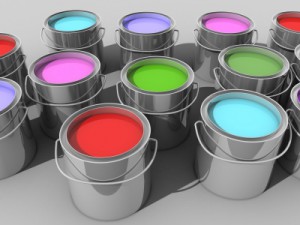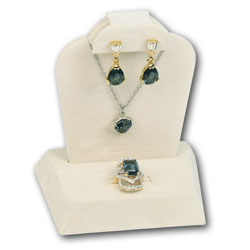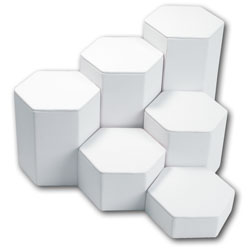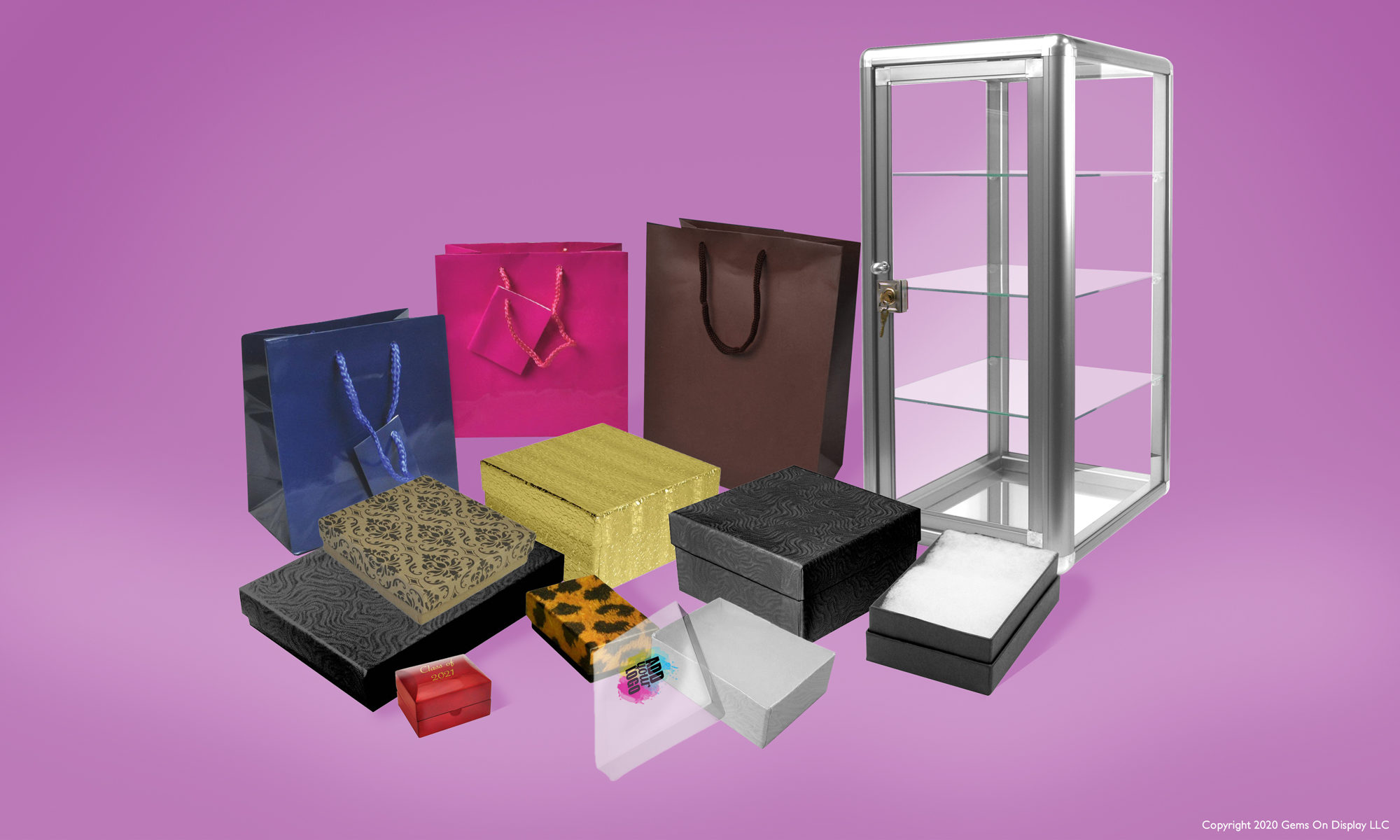How is visual merchandising used to attract customers? Or, before we answer that question, what IS visual merchandising? Visual merchandising means creating an atmosphere in your store through displays, sensory messages, colors and lighting, product placement, floorplan, etc., that will attract customers and keep them interested. ItÔÇÖs about creating an environment that logically flows and is aesthetically pleasing at the same time; itÔÇÖs setting your store up in such a way that it generates more sales. Put differently, visual merchandising is the silent salesperson in your store that shows your customers where products are, how to use them, what to pair with them, and how theyÔÇÖll feel when they use them. It can be as simple and basic as the cleanliness of your store showing customers how much you care about having their business, or dig deeply into how they think and will respond to where product is placed on the shelf.

ItÔÇÖs important to give time to visual merchandising because not only has it been proven to increase sales, but also helps you build a customer interest and engagement. The easier it is for people to navigate your store and find what they want (or find things that are interesting), the more likely they are to buy something.
Since visual merchandising is a vast topic, weÔÇÖre going to break it down into a few posts to be able to go more in depth on these topics that are so vital to the retail world. To begin, here are a few key areas to focus on for effective visual merchandising:
1. Sensory messages. How does your store smell? What music do you have playing? WhatÔÇÖs the overall ÔÇ£feelÔÇØ of your store? Most importantly, are all of these things in line with what youÔÇÖre selling? For example, if youÔÇÖre selling elegant, high-end jewelry, chances are youÔÇÖre not going to have Hello Kitty posters on the wall, boisterous pop music playing in the background, or the scent of bubblegum in your store. However, if your product is jewelry for young teenage girls, it might be the sensory feel you need. Be careful to send your customers the right sensory messages!

2. Show them how your products will look at home. Especially for jewelry or fashion stores, itÔÇÖs important for your customers to be able to see how theyÔÇÖll look in your products or how they will use them at home. Otherwise, why buy them? Use displays that accurately depict how a product is used or worn, keep mirrors handy for seeing items they try on, and make sure lighting is conducive to good viewing.

3. Change displays often. At a minimum, changing display themes every other month (6 main themes per year) is recommended. ┬áIf you can manage it, itÔÇÖs a good idea to switch displays around weekly (or monthly, if weekly is too daunting) so that customers will always be seeing something new when they enter your store. Seeing new products when they enter your store will keep them coming back to see what else you have to offer.
4. Clear focal points. DonÔÇÖt overwhelm or confuse your customers by having a display that doesnÔÇÖt have a clear focal point or any visual balance (especially in window displays!). If they are having to look all over to find the point of a display, they wonÔÇÖt stick around. WeÔÇÖve read that the average customer only views a display for 2-5 seconds. While this may not be true, it does give us an idea of how little time people spend looking at a display. If they canÔÇÖt figure it out what youÔÇÖre trying to convey very quickly, theyÔÇÖll move on to a display that does.



